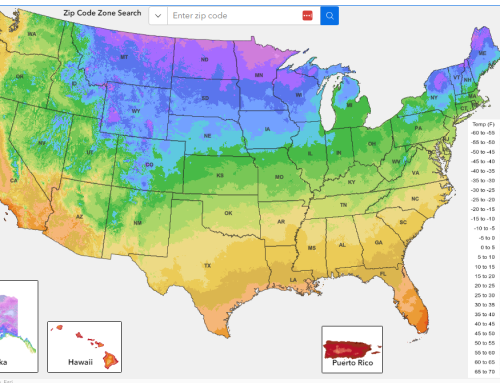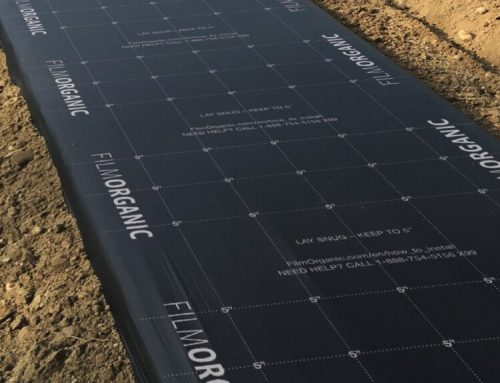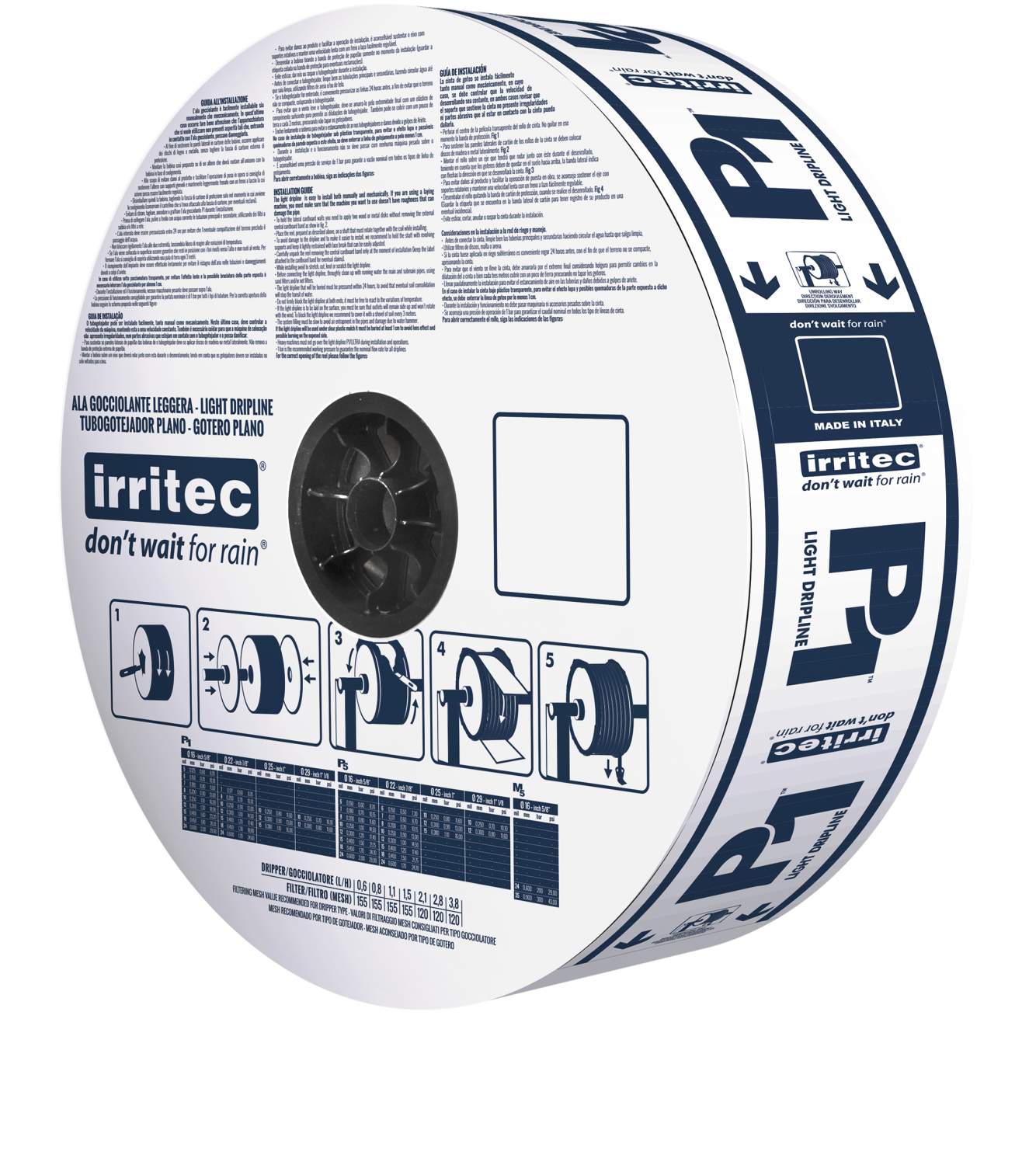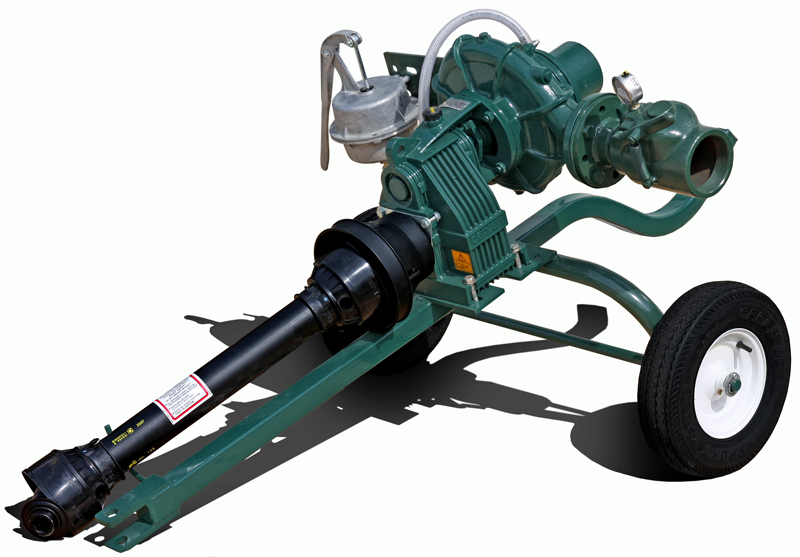The specific activities that farmers will be doing in September can vary depending on factors such as climate, crop choices, and local agricultural practices. Here is a general idea of some of the common tasks that farmers might be engaged in during September in each of the five geographic agriculture zones in the United States:
-
Northeast:
- Harvesting: Many crops, such as apples, pears, grapes, pumpkins, and late-season vegetables, are ready for harvest in September.
- Planting: Some farmers might start planting cover crops to improve soil health for the next growing season.
- Maintenance: Preparing equipment for the upcoming fall and winter seasons, repairing fences, and maintaining irrigation systems.
-
Southeast:
- Harvesting: Late summer crops like peanuts, sweet potatoes, okra, and some varieties of cotton might be harvested in September.
- Planting: In the southeastern regions with mild winters, farmers might begin planting cool-season crops such as lettuce, spinach, and broccoli.
- Pest and Disease Management: Monitoring for pest and disease issues and implementing control measures as needed.
-
Midwest:
- Harvesting: Corn and soybeans are often harvested in September. Depending on the region, other crops like apples, pumpkins, and late-season vegetables may also be harvested.
- Tillage and Soil Preparation: Some farmers might begin preparing fields for planting cover crops or for the next year’s crops.
- Equipment Maintenance: Servicing and cleaning equipment used during harvest, as well as preparing machinery for fall planting.
-
West:
- Harvesting: In the western regions, September can see the harvesting of crops like grapes (for wine production), various types of fruits, nuts, and vegetables.
- Water Management: Irrigation continues to be crucial in many western areas due to arid conditions.
- Post-Harvest Activities: Processing and storage of harvested crops, as well as planning for the next growing season.
-
Southwest:
- Harvesting: September marks the harvest of cotton, melons, chili peppers, and other warm-season crops in the Southwest.
- Soil Preparation: Preparing fields for fall planting by incorporating organic matter and nutrients.
- Water Management: Managing irrigation in the arid Southwest remains important for crop health.
Remember that this is a general overview and that specific activities can vary based on local conditions, crop choices, and the individual practices of each farmer. It’s important to consult with local agricultural extension offices or agricultural experts for the most accurate and up-to-date information for each region.
If you need assistance you can also call Triple K Irrigaton at 517-458-9741!






